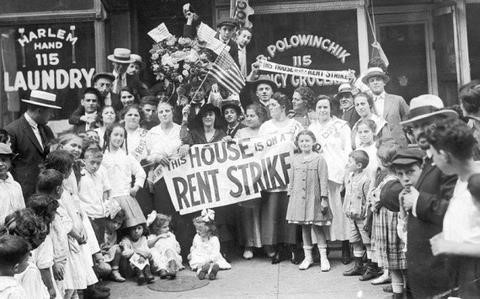In honor of the UN International Holocaust Remembrance Day , we’re partnering with Yad Vashem, the Jerusalem-based center for remembering the Holocaust‘s victims and survivors, to bring their collections of photographs and documents to the web.
Click on the link below …Explore Yad Vashem’s Holocaust archives online
January 26, 2011
On a trip to Jerusalem three years ago, Jonathan Rosenberg visited Yad Vashem. Struck by the museum’s vast historical record housed within the physical building, he hoped Google could do something powerful to showcase this information. Inspired by the challenge, a few of us, in our “20% time,” started working with Yad Vashem and eventually grew our effort into a full project, introducing a YouTube channel in 2008 and now this collections site.
Within the archive you will find more than 130,000 images in full resolution. You can search for them via a custom search engine on Yad Vashem’s collections site. And by using experimental optical character recognition (OCR), we’ve transcribed the text on many images, making them even more discoverable on the web. This means that if you search for the name of a family member who was in the Holocaust, you might find a link to an image on the Yad Vashem site.
To experience the new archive features yourself, try searching for the term [rena weiser], the name of a Jewish refugee. You’ll find a link to a visa issued to her by the Consulate of Chile in France. OCR technology made this picture discoverable to those searching for her.
Yad Vashem encourages you to add personal stories about images that have meaning for you in the “share your thoughts” section below each item. Doron Avni, a fellow Googler, has already added a story. He found a photograph of his grandfather taken immediately after his release from a Nazi prison. His grandfather had vowed that if he should survive, he would immediately have his picture taken to preserve the memory of his experience in the Holocaust. He stitched the photo into his coat, an act that later saved his life. After hiding in the forest for a year, Russian soldiers mistook him for a German enemy, but released him once they saw this picture.
Doron’s grandfather
The Yad Vashem partnership is part of our larger effort to bring important cultural and historical collections online. We’ve been involved in similar projects in the past including digitizing major libraries in Europe, collections at the Prado Museum in Madrid, and the LIFE photo archive. We encourage organizations interested in partnering with us in our archiving efforts to enter their information in this form.
We’re proud to be launching this significant archive that will allow people to discover images that are part of their heritage, and will aid people worldwide researching the Holocaust.
Posted by Eyal Fink, Software Engineer and Yossi Matias, Head of Israel R&D Center









You must be logged in to post a comment.